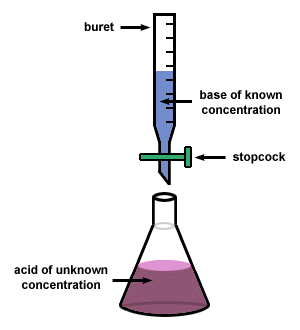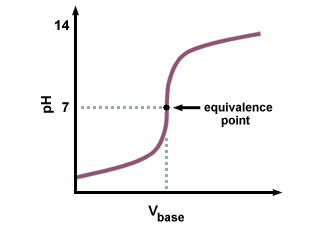Please wait while we process your payment
If you don't see it, please check your spam folder. Sometimes it can end up there.
If you don't see it, please check your spam folder. Sometimes it can end up there.
Please wait while we process your payment

By signing up you agree to our terms and privacy policy.
Don’t have an account? Subscribe now
Create Your Account
Sign up for your FREE 7-day trial
By signing up you agree to our terms and privacy policy.
Already have an account? Log in
Your Email
Choose Your Plan
Individual
Group Discount
Save over 50% with a SparkNotes PLUS Annual Plan!
 payment page
payment page
Purchasing SparkNotes PLUS for a group?
Get Annual Plans at a discount when you buy 2 or more!
Price
$24.99 $18.74 /subscription + tax
Subtotal $37.48 + tax
Save 25% on 2-49 accounts
Save 30% on 50-99 accounts
Want 100 or more? Contact us for a customized plan.
 payment page
payment page
Your Plan
Payment Details
Payment Summary
SparkNotes Plus
You'll be billed after your free trial ends.
7-Day Free Trial
Not Applicable
Renews July 12, 2025 July 5, 2025
Discounts (applied to next billing)
DUE NOW
US $0.00
SNPLUSROCKS20 | 20% Discount
This is not a valid promo code.
Discount Code (one code per order)
SparkNotes PLUS Annual Plan - Group Discount
Qty: 00
SparkNotes Plus subscription is $4.99/month or $24.99/year as selected above. The free trial period is the first 7 days of your subscription. TO CANCEL YOUR SUBSCRIPTION AND AVOID BEING CHARGED, YOU MUST CANCEL BEFORE THE END OF THE FREE TRIAL PERIOD. You may cancel your subscription on your Subscription and Billing page or contact Customer Support at custserv@bn.com. Your subscription will continue automatically once the free trial period is over. Free trial is available to new customers only.
Choose Your Plan
This site is protected by reCAPTCHA and the Google Privacy Policy and Terms of Service apply.
For the next 7 days, you'll have access to awesome PLUS stuff like AP English test prep, No Fear Shakespeare translations and audio, a note-taking tool, personalized dashboard, & much more!
You’ve successfully purchased a group discount. Your group members can use the joining link below to redeem their group membership. You'll also receive an email with the link.
Members will be prompted to log in or create an account to redeem their group membership.
Thanks for creating a SparkNotes account! Continue to start your free trial.
We're sorry, we could not create your account. SparkNotes PLUS is not available in your country. See what countries we’re in.
There was an error creating your account. Please check your payment details and try again.
Please wait while we process your payment

Your PLUS subscription has expired
Please wait while we process your payment
Please wait while we process your payment

Acid-Base Titrations
Titration is a general class of experiment where a known property of one solution is used to infer an unknown property of another solution. In acid-base chemistry, we often use titration to determine the pH of a certain solution.
A setup for the titration of an acid with a base is shown in :

We use this instrumentation to calculate the amount of unknown acid in the receiving flask by measuring the amount of base, or titrant, it takes to neutralize the acid. There are two major ways to know when the solution has been neutralized. The first uses a pH meter in the receiving flask adding base slowly until the pH reads exactly 7. The second method uses an indicator. An indicator is an acid or base whose conjugate acid or conjugate base has a color different from that of the original compound. The color changes when the solution contains a 1:1 mixture of the differently colored forms of the indicator. As you know from the Henderson-Hasselbalch equation, the pH equals the pKa of the indicator at the endpoint of the indicator. Since we know the pH of the solution and the volume of titrant added, we can then deduce how much base was needed to neutralize the unknown sample.
A titration curve is drawn by plotting data attained during a titration, titrant volume on the x-axis and pH on the y-axis. The titration curve serves to profile the unknown solution. In the shape of the curve lies much chemistry and an interesting summary of what we have learned so far about acids and bases.
The titration of a strong acid with a strong base produces the following titration curve:

Note the sharp transition region near the equivalence point on the . Also remember that the equivalence point for a strong acid-strong base titration curve is exactly 7 because the salt produced does not undergo any hydrolysis reactions.
Please wait while we process your payment

